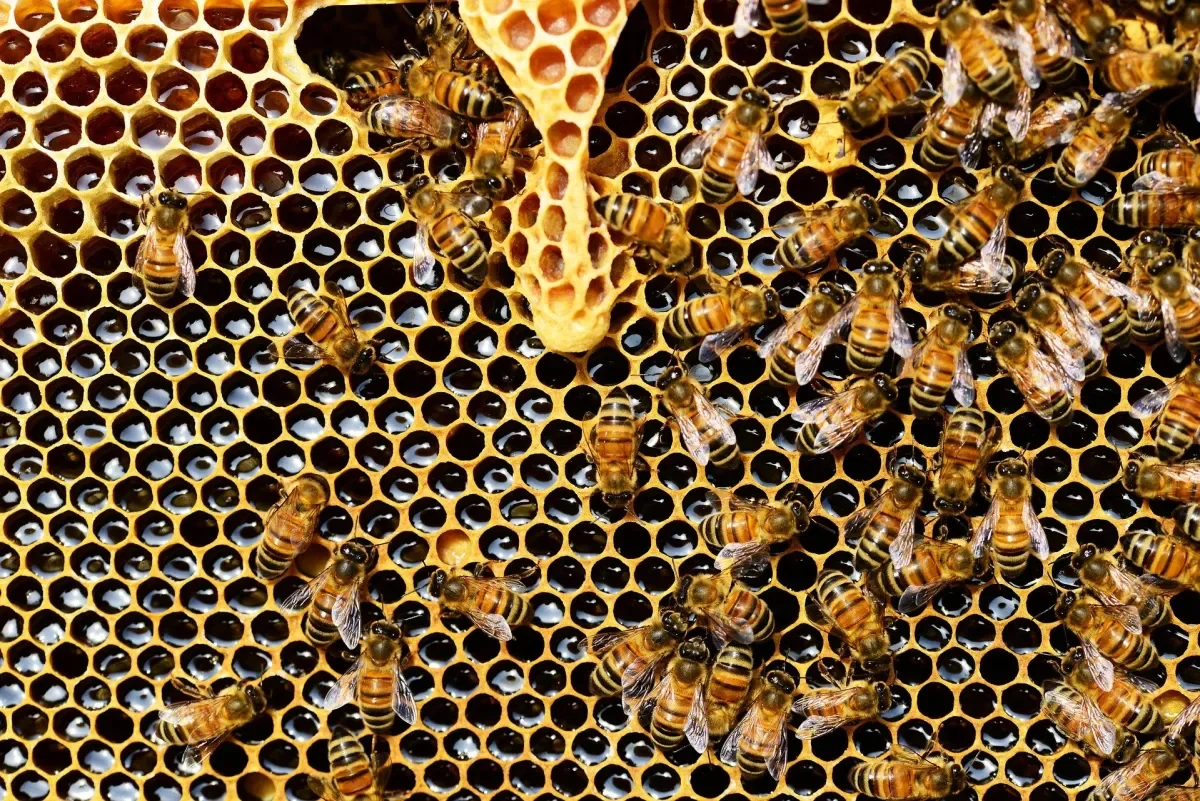

Neonicotinoid pesticide residues found in Irish honey
Neonicotinoids are the most widely used group of insecticides globally, used in plant protection products to control harmful insects. In the European Union, their use is now restricted due to concerns about risks to bees and other non-target organisms.
At the time of sampling for this study, their use was still approved in Ireland for certain agricultural crops.
Key findings
- Of the 30 honey samples tested, 70% contained at least one neonicotinoid compound.
- Almost half (48%) of samples contained at least two neonicotinoids.
- Exposure to pesticides does not just occur in agricultural settings.
- This research for the first time has identified the presence of clothianidin, imidacloprid and thiacloprid in Irish honey from a range of hive sites across a range of land use types.
- The proportion and concentration of neonicotinoids in honeys from both agricultural and urban habitats, compared with semi-natural or other land covers, suggests that exposure of bees to neonicotinoids can potentially occur in a variety of environments..
Residue levels were below the admissible limits for human consumption according to current EU regulations, and thus pose no risk to human health. However, the average concentration of one compound (imidacloprid) was higher than concentrations that have been shown in other studies to induce negative effects on honey and bumble bees.
About Neonicotinoids
- Neonicotinoids are insecticides. They are active substances used in plant protection products to control harmful insects
- Neonicotinoids are systemic pesticides. Unlike contact pesticides, which remain on the surface of the treated parts of plants (e.g. leaves), systemic pesticides are taken up by the plant and transported throughout the plant (leaves, flowers, roots and stems, as well as pollen and nectar).
Dr Saorla Kavanagh, lead author on the study, currently working at the National Biodiversity Data Centre, said:
“Given that these compounds have been shown to have adverse effects on honey bees, wild bees, and other organisms, their detection in honey is of concern, and potential contamination routes should be explored further.”
Dr Blánaid White said:
“Our findings are consistent with others from outside Ireland, and neonicotinoids unfortunately seem to be ubiquitous in honeys worldwide. It’s reassuring that residues do not exceed safe levels, but it is an important warning that neonicotinoids should not be reintroduced into Irish environments, as they could potentially cause health or environmental concerns.”
Prof Jane Stout said:
“These results suggest that bees and other beneficial insects are at risk of exposure to contaminants in their food across a range of managed habitats – not just in agricultural settings. And even though we found residues at low concentrations, prolonged exposure to sublethal levels of toxins can cause effects that are still not fully understood by scientists or regulators. Therefore, we shouldn’t relax restrictions on their use.”
Researchers
The research was led by PhD student Saorla Kavanagh (School of Chemical Sciences, DCU and DCU Water Institute) and supervised by senior academics Dr Blánaid White (School of Chemical Sciences, DCU) and Prof Jane Stout (School of Natural Sciences, Trinity College Dublin).
Funding was provided by the Irish Research Council and honey samples were donated by beekeepers across Ireland.
The full article, published in Environmental Science and Pollution Research is available here.
